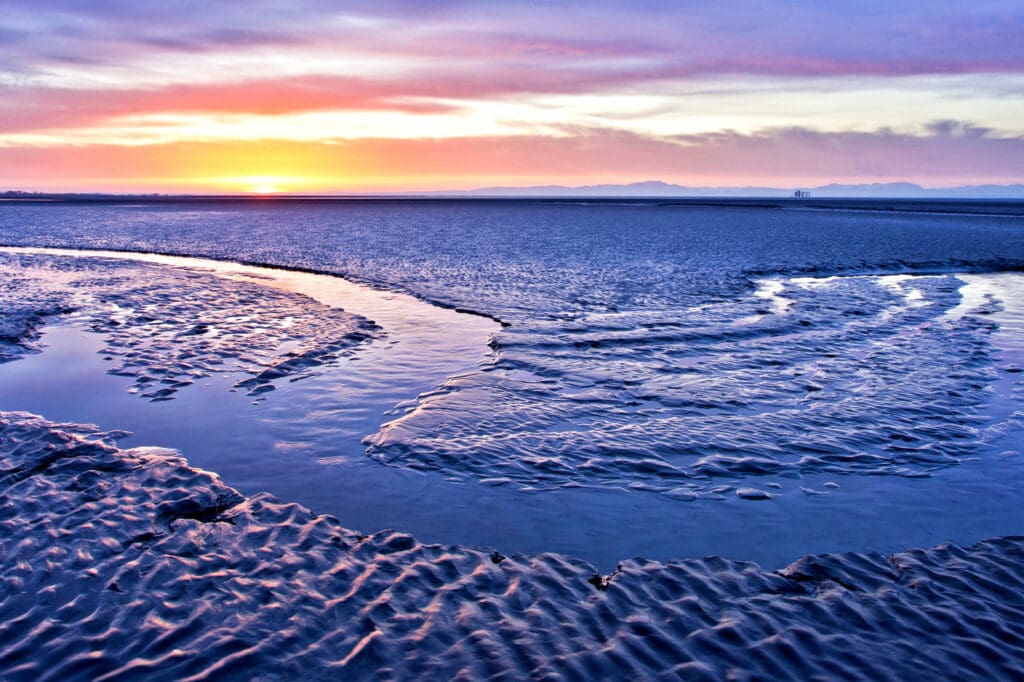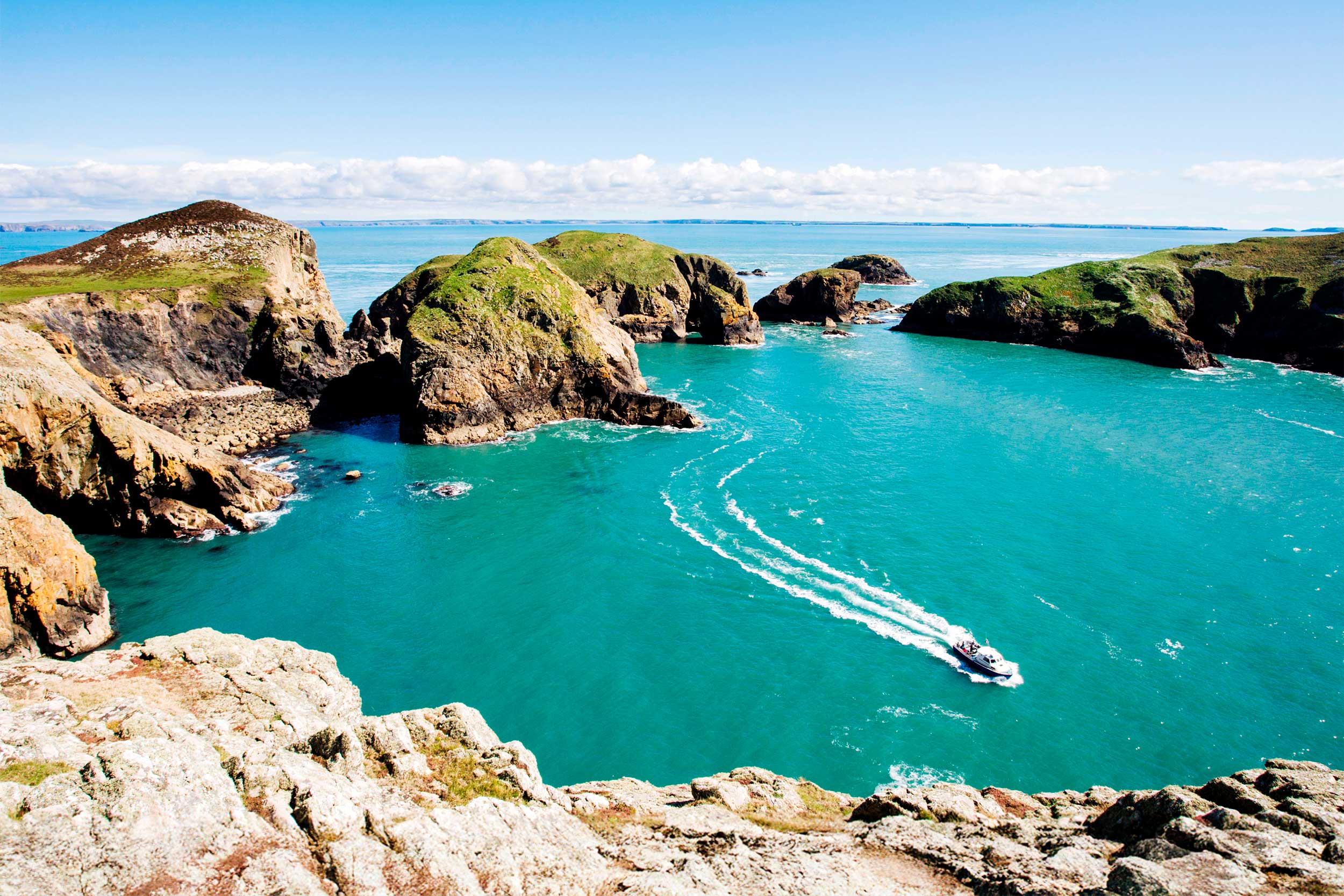The UK is a seabird haven, hosting internationally important breeding populations of well-known burrow-nesting species such as the Puffin, the tiny Storm Petrel and the majority of the world’s Manx Shearwaters, which often nest on islands with no land predators.
But seabird numbers are declining rapidly, and invasive non-native mammalian predators such as rats are their biggest threat on land. A single pregnant female rat can result in a 300-strong colony in just over eight months.
‘Since 2016, we’ve helped detect and respond to 53 incidents of suspected or confirmed invasive predator arrivals’
The RSPB works with stakeholders to safeguard islands by implementing biosecurity measures. Since 2016, we’ve helped detect and respond to 53 incidents of suspected or confirmed invasive predator arrivals.
But with more than 20 million boating experiences held around the UK annually, invasive predators are easily introduced to islands by accident.
Learn how biosecurity dogs help keep islands safe. @RSPBVideo

Defend our islands
In 2025, we’re asking anyone enjoying the marine environment or visiting an island by boat to help protect vulnerable wildlife by carrying out simple biosecurity measures – checking for stowaways, keeping boats tidy, using rat guards on mooring lines, etc.
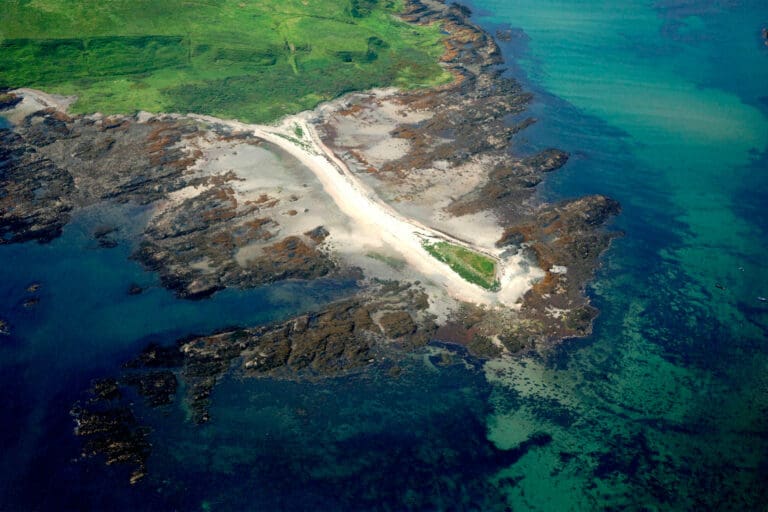
You might also like
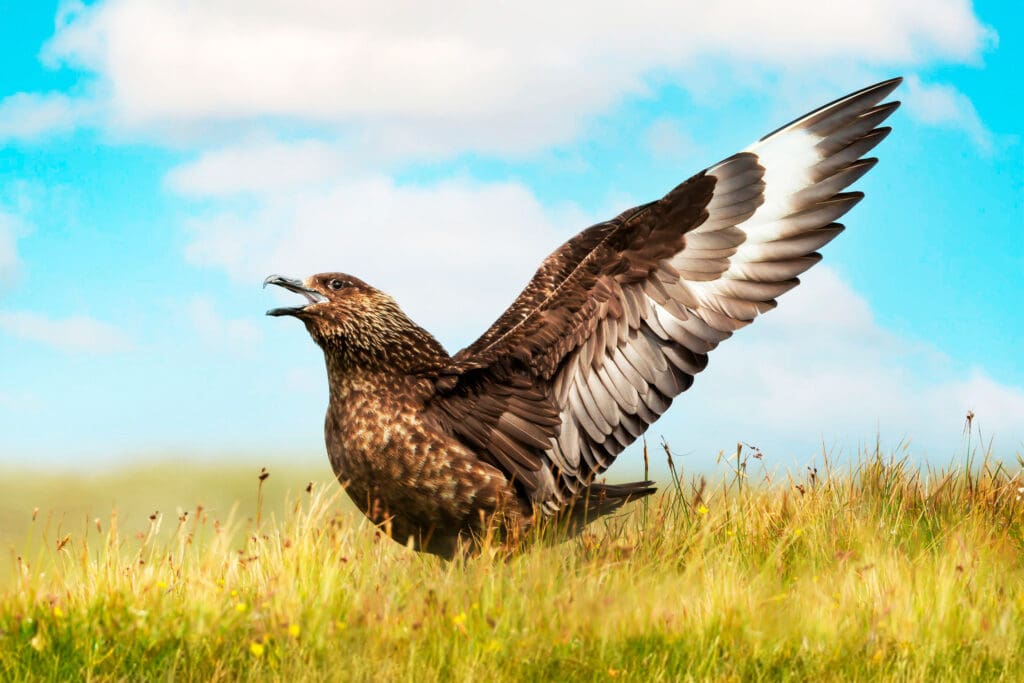
Red alert for seabirds
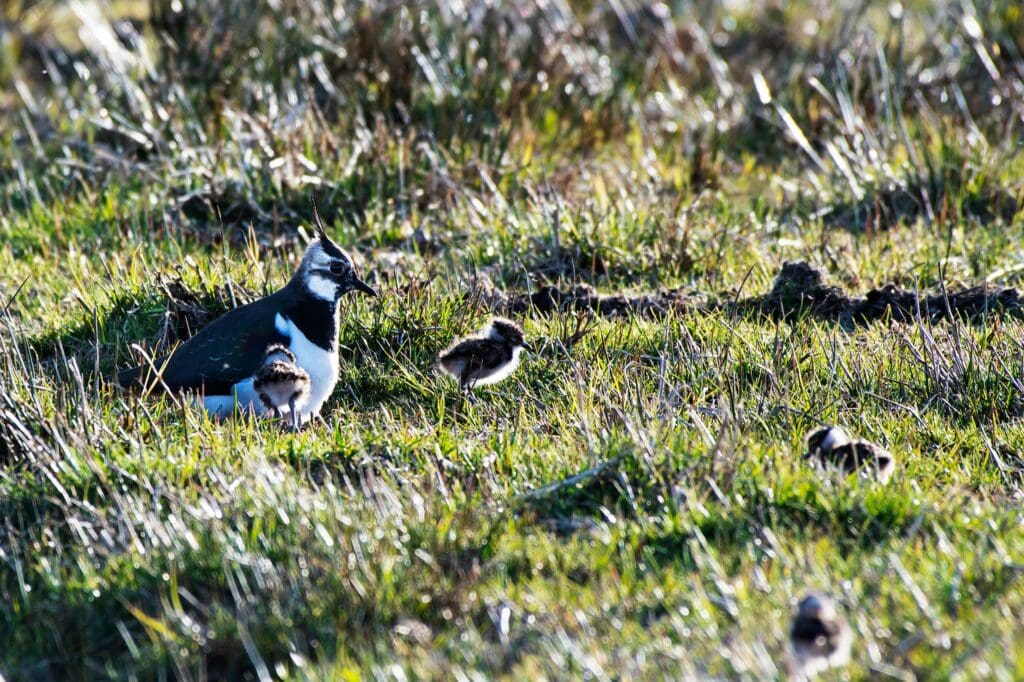
RSPB news roundup (winter/spring 2025)
